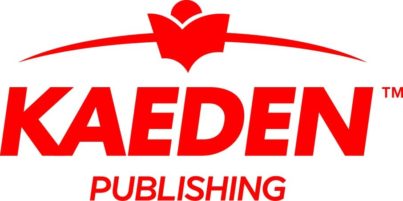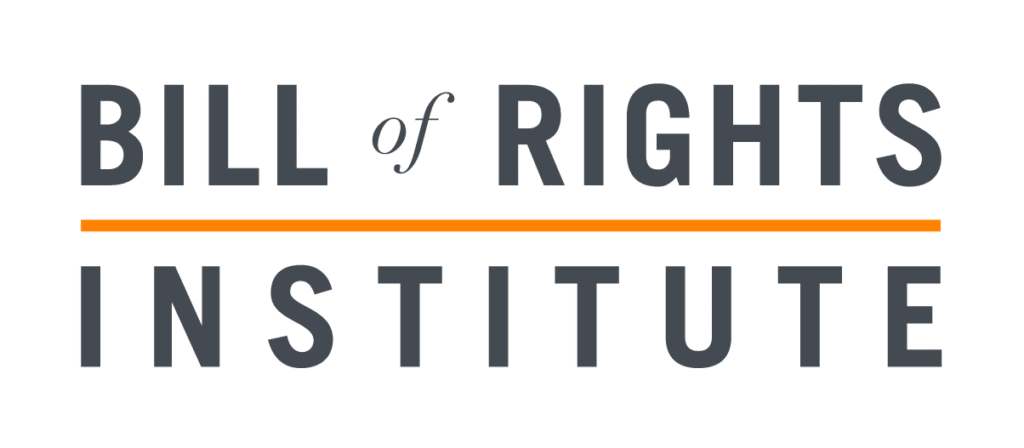By Steven Weber
Every school needs a coherent curriculum. It’s the role of an instructional leader to develop that curriculum.
Teachers and administrators can begin to lose sight of that when they focus on local and statewide initiatives, which can easily consume every minute of the day.
Beane wrote, “coherent curriculum is one that holds together, that makes sense as a whole, and its parts; whatever they are, are unified and connected by that sense of the whole.”
Does your school have a coherent curriculum?
Curriculum development is a process that requires deliberation, debate, practice, reflection, and revision.
Nearly 25 years ago, ASCD published Toward a Coherent Curriculum. In the forward, Arthur Steller (ASCD President 1994-1995) wrote, “The curriculum in numerous schools lacks clarity and, more important, coherence. Students move from teacher to teacher and subject to subject along a curriculum continuum that may not exhibit planned articulation.”
As instructional leaders address standards and curriculum design, it provides educators with time to reflect on the written, taught, and tested curriculum. Clarity and coherence will not happen just because new standards are adopted.
Professional educators need to unpack the standards, search for vertical alignment, discuss how students will be assessed each nine weeks, and establish a timeline to review the success stories and barriers to implementing the new standards.
“Academic standards are not a curriculum; they are a framework for designing curriculum. A curriculum is a coherent, teacher-friendly document that reflects the intent of the academic standards,” wrote Erickson.
Wiggins wrote, “We will not solve the incoherence of curriculum by merely more and better planning. The curriculum is not incoherent because the paper plans made in August weren’t intelligently organized.”
What can school administrators do?
Provide classroom teachers with uninterrupted time during the workday or on early release days to focus on curriculum development and curriculum revision.
Many teachers say that they want to participate in collaborative conversations, but the central office staff or the building administrators conduct so many other meetings that curriculum conversations get lost in the shuffle.
What can teachers do?
Using online tools such as a curriculum map, Google Docs, Flipgrid, Voxer, Padlet, a district website, or interactive templates will allow teachers to communicate with their grade level and with teachers in other disciplines and across the school district.
While this is no substitute for the time that administrators should provide teachers, these online tools make communication possible 24/7.
Collaborative decisions can be made prior to face-to-face meetings and the online collaboration will allow each teacher to use traditional meetings for the topics that require a face-to-face meeting.
Why is a coherent curriculum important?
K-12 curriculum development allows educators to identify key concepts and skills, highlight important content, reflect on student understandings and misunderstandings, and create a plan for ensuring student success at the next grade level or level of learning.
Wiggins and McTighe wrote, “In the absence of a learning plan with clear goals, how likely is it that students will develop shared understandings on which future lessons might build?”
How can your school develop a coherent curriculum?
Dr. Steven Weber is associate superintendent in Fayetteville, Arkansas. This article is courtesy of ASCD, www.ascd.org. An international nonprofit education association, ASCD is dedicated to providing the resources that empower educators to support the success of each learner.











